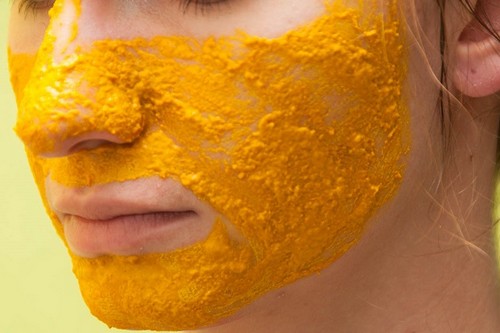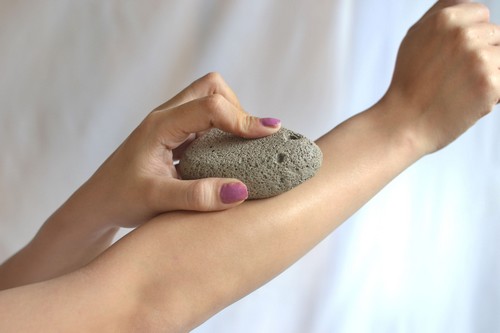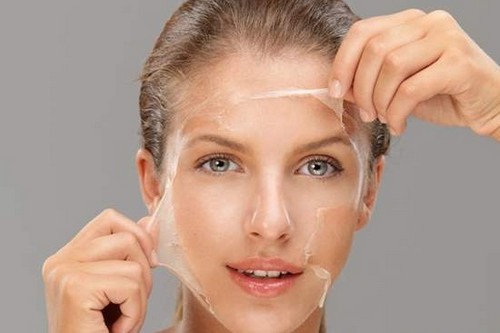Excessive facial hair is a touchy subject with many women; those who suffer from this condition have a low self-esteem and feelings of inadequacy. Many of them feel that body hair are ugly, and resort to various measures to get rid of the same. There are several ways of removing unwanted hair, ranging from relatively painless methods like threading and plucking to painful techniques such as electrolysis.
While everybody has some body hair, some women have darker and coarser hair on the face that are noticeable. Facial hair are usually found on the sideburns, upper lip and the chin, and along the jawline. Some people even have hair on the cheeks. This causes emotional distress and embarrassment.
Causes
The growth of excess hair on the body is known as hirsutism. This condition may be caused by several reasons such as the production of extra androgens or male hormones such as testosterone in the body or an increased level of circulating androgens in the bloodstream. It may also be caused by irregularities of the endocrine system or faults in the metabolism of the body. A condition known as polycystic ovarian disorder (PCOD) also results in unwanted growth of hair on the face and the body, apart from causing weight gain and recurrent acne flare-ups.
Hirsutism tends to run in families, and is generally found to be hereditary. It may also be idiopathic which means that there is no known reason for the condition to occur.
Methods of removal unwanted facial hair
The usual methods used by women to get rid of unwanted facial hair or hide them are bleaching, threading, waxing, depilation, electrolysis, or laser hair removal. Each of these techniques has its own pros and cons and may be suitable for only for certain parts of the face. Also, some of these techniques may be unsuitable for sensitive skin types or darker skin tones. It is usually advisable to consult a certified cosmetologist before choosing a particular hair removal option.
Natural Methods of Removal
If one has the patience, discipline, and the will power to follow a regime, one can try some of the following natural methods of facial hair removal. These techniques are relatively safe and cheap; however, they need to be regularly used over a period of at least 6 months for results to be visible. The benefit of these techniques is that the ingredients are readily available in our kitchens and are known to be generally agreeable to sensitive skins.
1. Turmeric
Turmeric powder, in combination with various other ingredients, is known to slow down the growth of facial hair and eventually stop it from re-growing. When a paste of turmeric and yogurt is regularly applied, it reduces the growth of hair. This method is particularly effective if started at a young age. Also Turmeric is a powerful medicine that has long been used in the Chinese and Indian systems of medicine, and has many health benefits.
2. Gram flour
Another effective hair removal method is the use of gram flour paste. A mixture of gram flour, turmeric, and lemon juice or fresh cream can be applied to the skin. Once the paste has dried, a washcloth dipped in warm water can be used to rub it off in circular motions.
3. Sugar wax
This is a natural version of the wax used in beauty salons, albeit much safer and better for the skin. It is made by heating a mixture of sugar, lemon, and water until the sugar melts and turns brown. This concoction should be used while it is still hot. After applying a moderately thick layer on the skin, a muslin cloth or a commercially available waxing strip should be placed on the area to be waxed. This strip should be pulled in the direction opposite to that of hair growth.
Another type of natural wax that can be used is honey wax. This is a mixture of honey, lemon, and sugar heated in a similar way. However, this is more expensive to make than sugar wax.
4. Pumice stone
Scrubbing the skin regularly with a pumice stone is a slow but an effective method to reduce the growth of unwanted facial hair. But this may not be good for sensitive skins.
5. Spearmint tea
This remedy is effective if the growth of unwanted hair is due to excessive production of testosterone. A cup or two of spearmint tea made by soaking fresh spearmint leaves in hot water has been shown to reduce the levels of testosterone, thereby reducing the growth of hair. For results to show, this brew should be drunk every day.
6. Egg white mask
A face mask made up of egg whites, sugar, and corn flour can be applied to the area where hair growth is not needed. Once dry, the mask can be rubbed off using a damp washcloth or wet fingers. This mask also acts like a scrub and has a cleansing action on the skin.
7. Include Phytoestrogens in the diet
Phytoestrogens are plant products that mimic the action of estrogen’s, which is a hormone secreted in female bodies. This hormone discourages the growth of facial hair. Some foods that are rich in phytoestrogens are alfalfa, fennel, flax seeds, and licorice. Cooking meals with these ingredients can help reduce the density of facial hair.
8. Papaya
Raw papaya pulp and turmeric or raw milk works well to reduce the growth of unwanted hair. In addition, papaya has the benefit of bleaching fine hair.
9. Potatoes and yellow lentils
Another natural ingredient that can help remove unwanted hair is a paste of potato juice, crushed yellow lentil juice, and lemon juice. The lentils should be soaked overnight and then crushed and strained to get the juice. Honey can also be added to this for further benefits.
10. Green gram
Powdered green gram, when mixed with rose water and lemon juice can control the growth of unwanted facial hair. Lemon juice also acts as an astringent and cleans the pores of the skin.
There are numerous other techniques that can prove to be effective if used on a regular basis such as the paste of basil leaves and onion membranes. The secret to all these methods is patience and regularity. Women should not expect results overnight with these methods. These remedies may not be permanent, either. However, they are much safer to use than commercially available methods.





0 comments:
Post a Comment